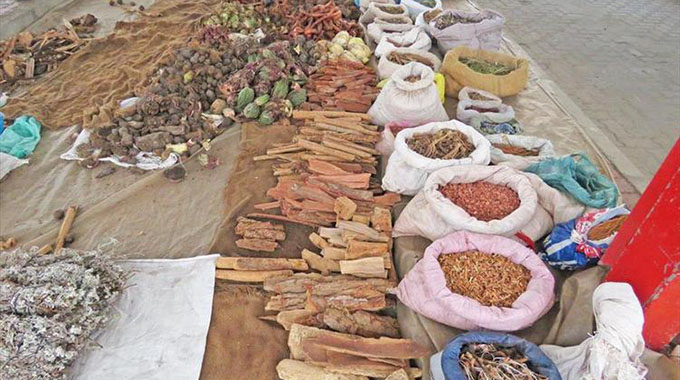Reviving manufacturing company through corporate rescue proceedings
Godknows Hofisi
Introduction
I have previously written on corporate rescue proceedings (corporate rescue). Corporate rescue is also known by other terms such as business rescue or judicial management.
According to Section 121 of the Insolvency Act (Chapter 6:07), hereinafter (the Act) of 2018 corporate rescue means the proceedings to facilitate the rehabilitation of a company that is financially distressed. It involves providing for:
Temporary supervision of the company and of the management of its affairs, business and property, and
Temporary moratorium (relief) on the rights of claimants against the company or in respect of property in its possession, and
The development and presentation, if approved, of a plan to rescue the company by restructuring its affairs, business, property, debt and other liabilities and equity.
In Zimbabwe a corporate rescue practitioner (the practitioner or CRP) manages the insolvency process and derives general powers from section 133 of the Insolvency Act.
In this article I look at how a corporate rescue practitioner can revive a manufacturing company.
The following are some of the issues the practitioner needs to deal with:
Investigation of affairs of the company
According to section 134(1) of the Act, as soon as practicable after being appointed, a CRP must investigate the company’s affairs, business, property and financial situation and after having done so, consider whether there is any reasonable prospect of the company being rescued.
For a manufacturing company it is advisable to investigate the following issues:
The products manufactured by the company.
Processes used to manufacture the products.
Equipment or machinery used to manufacture the products including the state of the productive equipment.
Markets for the products, diversity, trends, competition.
The external factors affecting the company known as “PESTEL” factors standing for political, economic, social, technological, environmental and legal.
Company’s strengths, weaknesses, opportunities and threats based on a SWOT analysis.
Selling prices of the products versus cost of producing the goods.
Cost structure including variable and fixed costs, main cost drivers.
Legal and compliance issues.
The financial situation of the company. This includes understanding the creditors, assets of the company, liquidity situation, future financial commitments, funding requirements for working capital and capital expenditure.
How the company is financed ie equity, debt and funds from operations.
Staff issues such as skills requirements, availability, headcount, how to work with labour.
First meeting of creditors
In terms of section 140 of the Act this is convened by the Master of the High Court within 15 days of appointing the CRP. The Master may receive proof of claims by creditors.
Corporate rescue plan (the plan)
The results of investigations carried put in terms of section 134 are important in coming up with a corporate rescue plan, which is required in terms of section 142 of the Act. I have previously written on the plan so will only summarise it here. It is made up of three parts A-C.
Part A – Underground
It contains a list of material assets, list of creditors, probable liquidation dividend, holders of the company’s issued securities (such as shares).
Part B – Proposals
Understanding of a manufacturing business matters here. This part includes details of any moratorium, debts and possibility of debt conversion, ongoing role of the company and existing agreements, property available to pay creditors, benefits of the plan, the effect of plan on holders of securities.
I add that this part requires an understanding of business models and a financial engineering. Many plans fail here.
Part C – Assumptions and conditions
This includes conditions to be satisfied for the plan to come into operation and be fully implemented, effect of plan on employees, circumstances in which the plan will end, projected financial statements (usually statement of financial positions / balance sheet, cashflow projection and income statement projection).
Approval of the corporate rescue plan
The plan which is developed in terms of section 142 of the Act will be considered in a meeting and approved in terms of sections 143 and 144 of the Insolvency Act.
The CRP has to have the skills to present the plan and convince creditors and members to approve and adopt the plan.
It can be argued that having an adopted plan is half the work done as what changes a company’s fortunes is efficient and effective implementation.
Implementation
When the corporate rescue plan has been adopted in terms of sections 143 and 144 the CRP must then implement it to achieve the intended results. This part is very difficult especially for someone without manufacturing experience or adequate experience as a CRP.
Conclusion
A CRP who is properly qualified and experienced can change the fortunes of a manufacturing company. A plan that is weak on the business model or financial aspects or a CRP who lacks the requisite skills will struggle to take the company out of its financial problems.
Disclaimer
This simplified article is for general information purposes only and does not constitute the writer’s professional advice nor does it target any known situations, individuals or groups.
Godknows (GK) Hofisi, LLB(UNISA), B.Acc(UZ), CA(Z), MBA(EBS,UK) is a legal practitioner / conveyancer, chartered accountant, corporate rescue practitioner, registered tax accountant, consultant in deal structuring and business valuer. He is also a director with Investacare International (Private) Limited. He writes in his personal capacity. He can be contacted on +263 772 246 900 or [email protected]









Comments